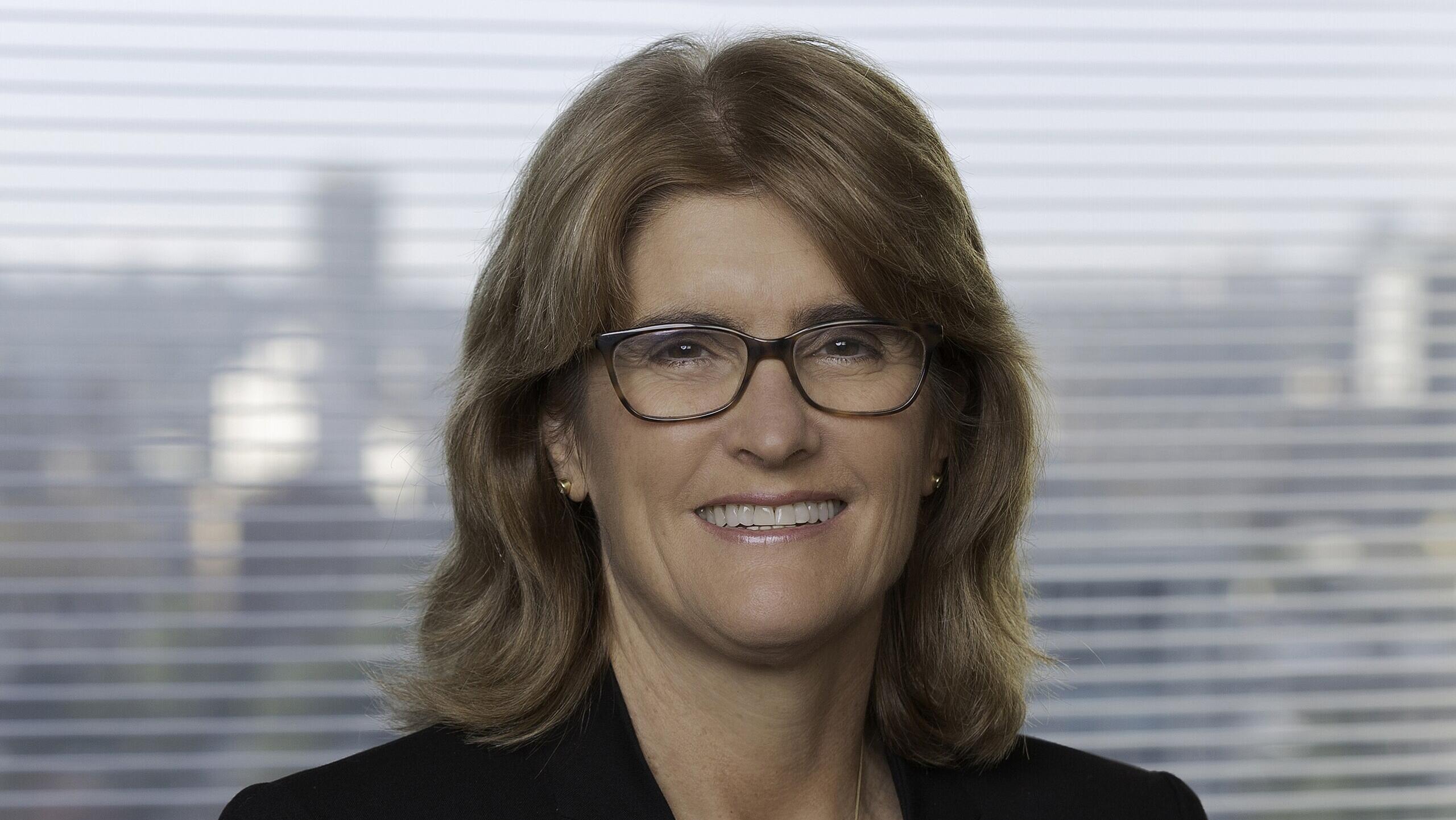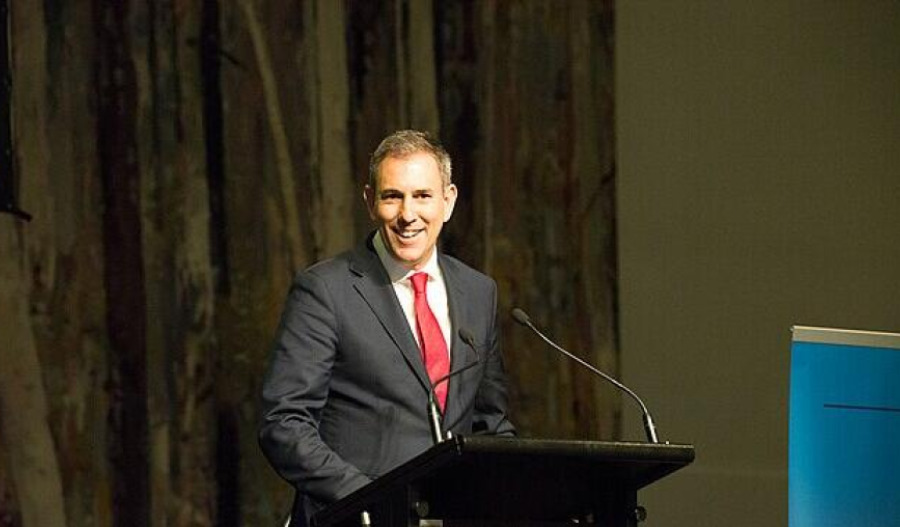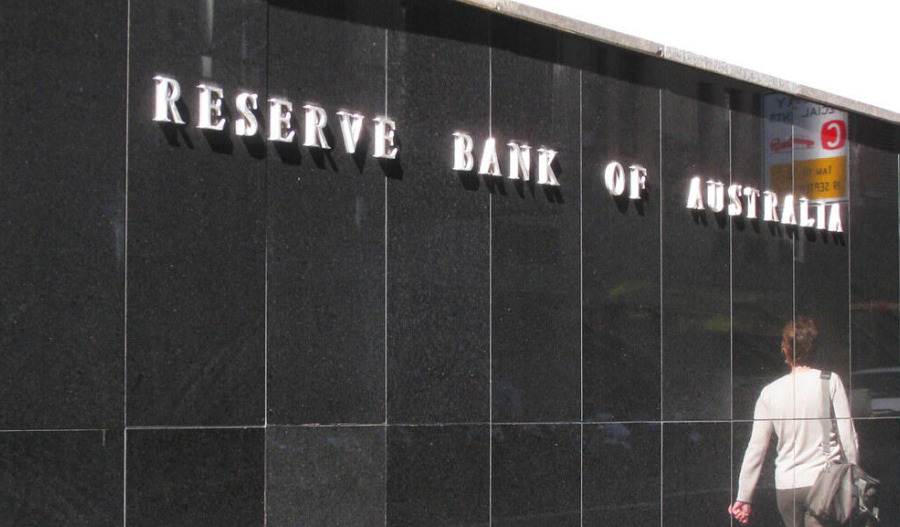The Reserve Bank of Australia (RBA) will weigh up forthcoming economic information to determine if it needs to keep cutting the official cash interest rate, Governor Michele Bullock said.
Asked about the economic conditions, the RBA needed to lower rates further, Bullock said the bank assessed backward-looking data, including inflation and unemployment, along with data from surveys and its business liaison program and its own forecasts.
She said the RBA’s Monetary Policy Board had three more meetings before the end of the 2025 calendar year and over that period would see more inflation, unemployment and economic growth figures and receive more liaison data.
“We weigh that all up and we look at whether or not we think it's confirming where we thought we were and where we're going or it doesn't, and if it doesn't confirm the direction that we're heading, then we'll have to think about what we're going to do with interest rates,” Bullock told a news conference.
In a unanimous decision that was welcomed by Treasurer Jim Chalmers, the Board decided to cut rates for the third time this calendar year by 25 basis points to 3.60%, the lowest level in two years, and sounded a note of caution about the outlook.
Bullock also defended the surprise decision five weeks ago to keep rates on hold when a cut was widely expected and discounted by financial markets.
“No, I think the right decision was to confirm that we were on track, and we are on track,” she said.
Some volatile economic figures had given the RBA pause for thought as to whether it had underestimated the risks of inflation, but it took comfort from subsequent data.
“We were comfortable when we saw the quarterly numbers, and five weeks was a relevant time to wait and confirm,” she said.


